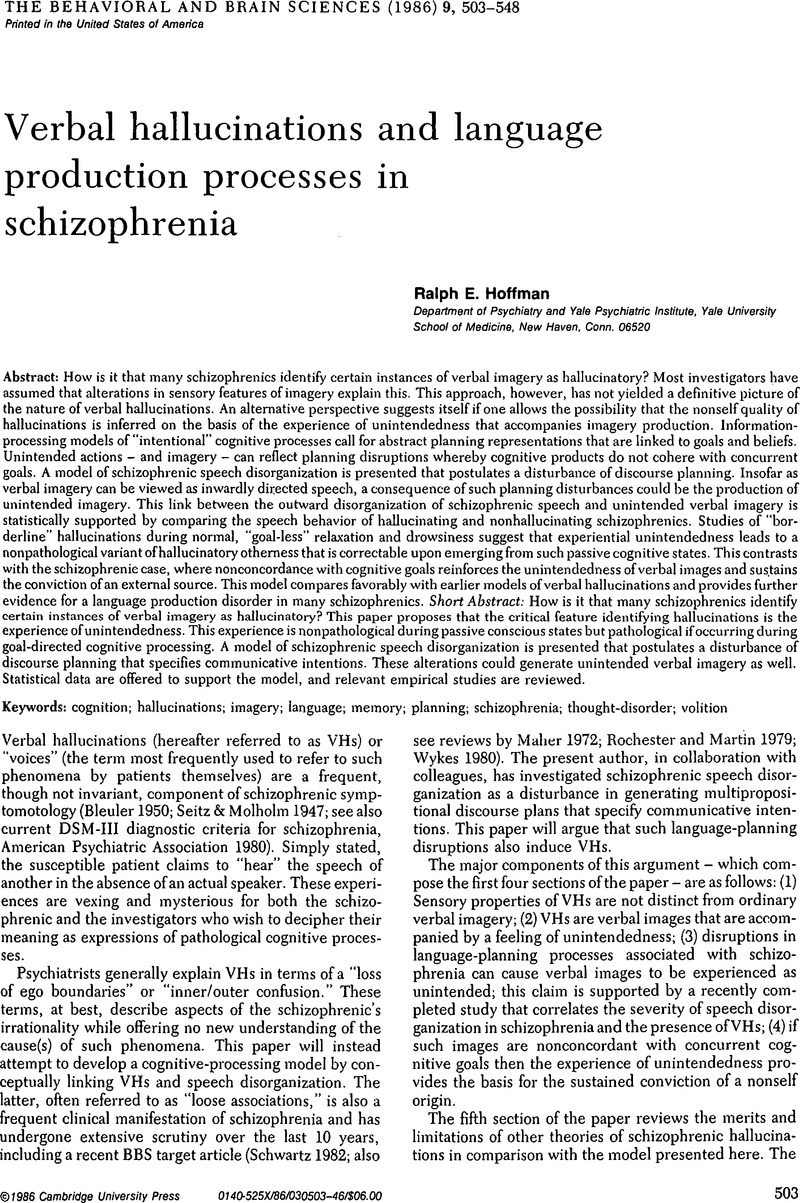Crossref Citations
This article has been cited by the following publications. This list is generated based on data provided by Crossref.
Williams, Gary
2011.
What is it like to be nonconscious? A defense of Julian Jaynes.
Phenomenology and the Cognitive Sciences,
Vol. 10,
Issue. 2,
p.
217.
Rowe, Bill
2012.
Retrospective: Julian Jaynes and The Origin of Consciousness in the Breakdown of the Bicameral Mind
.
The American Journal of Psychology,
Vol. 125,
Issue. 4,
p.
501.





